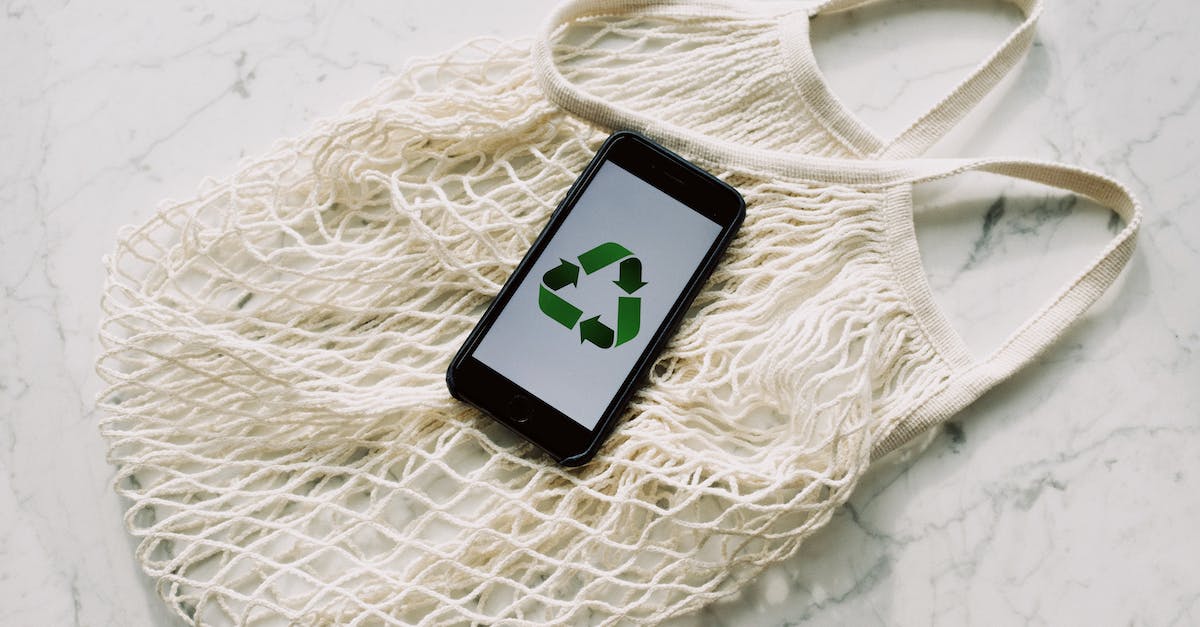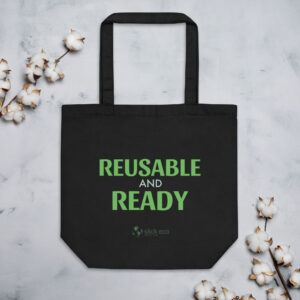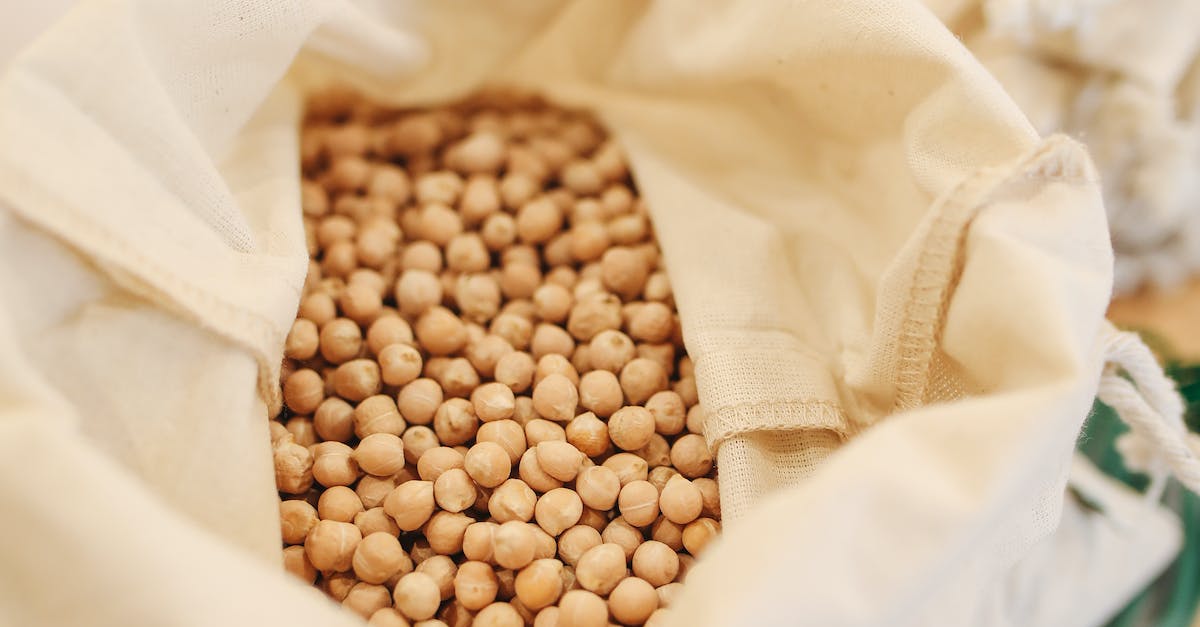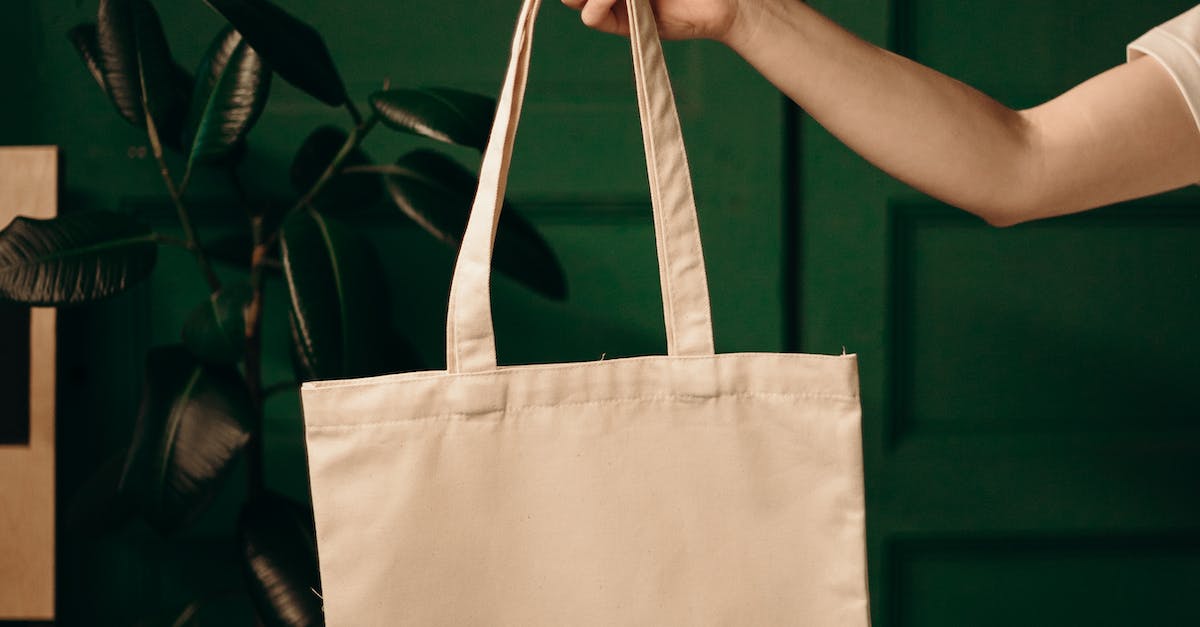Are you tired of feeling guilty about the amount of waste you generate from shopping? Do you want to feel empowered to make a difference for the planet? Well, you’ve come to the right place, my eco-friendly friend!
Shopping without creating waste is not only possible. It can actually be fun and fulfilling. Trust me, I used to be a shopaholic who thought sustainability was just a buzzword. But after learning about the devastating effects of single-use items and plastic pollution, I knew I had to make a change.
Now, I wake up excited to embark on my zero-waste shopping adventures. From bringing my own reusable bags and containers to experimenting with homemade beauty products, every action I take feels like a small victory for our planet.
Don’t worry if you’re new to the zero-waste lifestyle. In this article, I’ll show you how to shop without creating waste, one step at a time. Get ready to join the eco-friendly movement and feel proud of the positive impact you’re making. Let’s do this, earth warriors!
Understanding the Zero Waste Philosophy

Zero waste is a philosophy that encourages individuals to reduce waste as much as possible. It aims to minimize the amount of waste that ends up in landfills or pollutes our environment. The zero waste philosophy is not limited to changing the way we dispose of waste. Instead, it involves rethinking our entire approach towards consumption. In this article, I will share tips on how to shop without creating waste that aligns with the zero-waste philosophy.
- Bring Your Own Bag: One of the easiest ways to reduce waste is to bring your own bag while shopping. Single-use plastic bags have become a major contributor to environmental pollution. By carrying reusable bags, you can help reduce the number of plastic bags that end up in landfills or oceans.
- Eliminate Packaging: Packaging is a significant source of waste in most modern societies. To reduce waste production, you can try to eliminate packaging whenever possible. For instance, you can buy fresh produce that isn’t pre-packaged in plastic. Another option is to shop at bulk food stores where you can buy items like grains, nuts, and other pantry staples sans packaging.
- Avoid Single-Use Plastics: Single-use plastics include items like straws, water bottles, and cutlery. These products are often used once and then discarded. When shopping, try and avoid such products altogether. Instead, invest in a reusable water bottle, carry your own cutlery, and consider using a metal straw.
- Buy Second-Hand: Another way to reduce waste is to buy second-hand. When you shop second-hand, you’re giving new life to products that might have otherwise ended up in landfills. You can buy second-hand clothes, furniture, electronics, and more.
- Shop Locally: Shopping locally is not only a way to support your community, but it’s also an excellent way to reduce your carbon footprint. Shipping items from halfway across the globe requires a lot of resources and energy. By shopping locally, you can reduce the environmental impact associated with transportation.
By adhering to these simple tips, you can start your journey toward shopping without creating waste. Remember, making small changes in the way we consume products can have a significant impact on the environment. So, let’s all do our part in reducing waste and moving towards a better, more sustainable future.
Planning Your Shopping

Planning your shopping in advance is a crucial step in reducing waste while shopping. This not only helps you stick to a budget but also prevents impulse buying which often leads to wasted food, unused products, and unnecessary packaging. Here are a few tips for planning your shopping wisely.
- Create a shopping list: Creating a shopping list is one of the easiest ways to avoid impulse buying and to ensure that you only purchase what you need. Make a list of all the items you require before you set out for your trip. This will keep you on track and ensure that you only buy what is necessary.
- Buy in bulk: Purchasing items in bulk not only reduces the overall packaging but also saves you money in the long run. Common items you should buy in bulk include beans, grains, snacks, and nuts.
- Choose fresh produce: When planning your meals, always opt for fresh produce whenever possible. Fresh fruits and vegetables are not only healthy but also reduce packaging waste by avoiding pre-packaged produce.
- Pack your reusable bags: Packing your own reusable bags reduces the need for plastic shopping bags, which often end up in landfills once their single-use is up. It also means that you’ll be prepared for any surprise purchases and ensure that you’re never caught without a bag.
- Shop at a farmer’s market: Shopping at a local farmer’s market is an excellent way to support local farmers while also reducing waste. Since farmers bring fresh produce in from their fields, there is minimal packaging waste associated with these items, and you can often find unique and seasonal products that are not available at the grocery store.
By following these simple tips, you can plan your shopping and reduce waste while saving money and enjoying fresh, healthy produce. Happy shopping!
-

Fashionably Green and On-The-Go
£16.50 Select options This product has multiple variants. The options may be chosen on the product page -

Reusable and Ready Eco-Friendly Tote Bag
£16.50 Add to cart
Shopping Mindfully

Shopping mindfully is a great way to reduce waste and help save the planet. Here are some tips on how to shop without creating waste:
- Bring your own reusable bags: Plastic bags are a major source of waste in our environment. By bringing your own bags with you when you go shopping, you can reduce the amount of plastic waste produced. Reusable bags are available for purchase in most grocery stores, or you can make your own from cloth or other durable materials.
- Choose products with minimal packaging: Many products are packaged in excessive amounts of plastic, cardboard, or other materials that end up in landfill. When shopping, look for products with minimal packaging or packaging that are made from more sustainable materials. Also, consider buying in bulk to reduce the amount of packaging waste.
- Buy local and in-season produce: When you buy produce that is grown locally and in-season, you’re not only supporting local farmers but are also reducing the carbon footprint associated with transporting food from other parts of the world. Locally grown produce is also likely to be fresher and tastier.
- Bring your own containers for bulk items: Many grocery stores offer bulk sections where you can buy items like grains, nuts, and spices in bulk. Rather than using store-provided plastic bags, bring your own reusable containers to fill up. This not only reduces waste but also saves money in the long run.
- Avoid single-use plastic: Single-use plastics like straws, utensils, and water bottles have become a major environmental issue. When shopping, consider investing in a reusable water bottle, bringing your own utensils, and saying no to straws whenever possible.
By following these simple tips, you can shop without creating waste and do your part to help protect the environment. Remember, every small step counts!
Choosing the Right Packaging

When it comes to shopping without creating waste, one of the most important things you can do is choose the right packaging. Not only can this help reduce the amount of waste you create, but it can also help support companies that prioritize sustainability. Here are some helpful tips for choosing the right packaging:
- Bring your own reusable bags: One of the easiest ways to reduce packaging waste is to bring your own reusable shopping bags. Not only are they more eco-friendly than single-use plastic bags, but many stores now offer discounts for customers who use them.
- Choose products without excessive packaging: When possible, try to choose products that come with minimal packaging. This can include things like loose fruits and vegetables, unpackaged snacks, and bulk items. Not only does this reduce waste, but it can also help save you money in the long run.
- Look for recyclable or compostable packaging: If you can’t avoid packaged products, try to choose ones that come in packaging that can be recycled or composted. This can include things like cardboard boxes, glass jars, and biodegradable plastic.
- Support companies that prioritize eco-friendly packaging: Finally, if you want to make a real difference when it comes to reducing packaging waste, consider supporting companies that prioritize eco-friendly packaging. Some companies have switched to materials like recycled cardboard or biodegradable plastic, and by choosing their products over those of less environmentally conscious brands, you can help encourage more sustainable practices across the industry.
By following these tips, you can help reduce the amount of packaging waste you create while also supporting more sustainable shopping practices. So next time you head to the store, be mindful of the packaging choices you make – the planet will thank you!
Reducing, Reusing, and Recycling

Reducing, Reusing, and Recycling are the three R’s of sustainable living that help us to shop without creating waste. By following these three principles, we can reduce the amount of waste we generate and make a positive impact on our environment. Here are some tips on how to incorporate the three R’s into your shopping routine:
- Reduce: Buy only what you need
Reducing waste starts with reducing consumption. Before buying anything, ask yourself if you really need it. Avoid impulse purchases and make a list of items that you need to buy. This will help you avoid buying items that you may not use and end up throwing away. - Reuse: Bring your own bags and containers
Reusable bags, jars, and containers are a great way to reduce waste. Bring your own bags to the grocery store and use them in place of plastic bags. Bring jars and containers to shops that sell bulk goods to fill them up with food, cleaning products, or personal care items. This reduces the need for single-use packaging and helps to keep waste out of landfills. - Recycle: Look for items that can be recycled
Recycling is one of the easiest ways to reduce waste. Look for items that can be recycled and sort them separately from your regular trash. Many municipalities provide recycling services, but you can also take items to recycling centers or donate them to organizations that accept recyclables. - Compost: Turn food scraps into fertilizer
Composting is a great way to reduce food waste and create a rich fertilizer for your garden. By composting food scraps, you keep them out of landfills and reduce greenhouse gas emissions. You can compost food scraps, yard waste, and even paper products. - Borrow: Borrow instead of buying
Instead of buying items that you may only use once, consider borrowing them from friends, family, or local lending libraries. This reduces the need for new items and helps to keep existing items in use for longer.
By incorporating these tips into your shopping routine, you can reduce the amount of waste you generate and create a more sustainable lifestyle. Remember, small changes can make a big impact!
Living a Sustainable Lifestyle Beyond the Basics

- Choose reusable products: One of the biggest ways to create waste is by using disposable items. When shopping, opt for reusable bags, water bottles, coffee cups, cutlery, and food containers. Not only will this reduce waste, but it will also save you money in the long run.
- Buy in bulk: Buying items in bulk, such as grains, nuts, and dried fruit, can reduce the amount of packaging waste generated. Plus, it can save money since larger quantities are often less expensive per unit.
- Choose package-free options: When possible, choose products that come without any packaging or with minimal packaging. This includes purchasing produce without plastic containers or bags and selecting items like soap or shampoo bars instead of those packaged in plastic bottles.
- Shop local: Shopping locally not only supports small businesses but also reduces the environmental impact of transportation and packaging. Look for farmer’s markets or local co-ops to purchase fresh produce and other products.
- Choose sustainable materials: When buying products such as clothes or furniture, choose eco-friendly materials like organic cotton or sustainably sourced wood. This helps to reduce the environmental impact of production and can last longer than cheaper, lower-quality options.
- Say no to freebies: Many stores offer free samples or giveaways with purchase, but these items often end up in the trash. Politely decline these items to reduce waste and save resources.
By incorporating these sustainable shopping practices, you can reduce your environmental impact and live a more eco-friendly lifestyle. Remember that small changes can make a big difference, and each action contributes to a healthier planet for all.
Conclusion
In conclusion, folks, shopping without creating waste is not only possible, but it’s also the only way to go! And trust me. You don’t want to be caught red-handed with a plastic bag full of unnecessary packaging when trying to be an eco-warrior!
By following these simple steps and sticking to our trusty five R’s – Refuse, Reduce, Reuse, Repurpose, and Recycle –, we can all do our bit to protect the planet and live a more sustainable life.
So, the next time you hit the shops, why not take a reusable bag, choose products with minimal packaging, and say no to single-use plastics? You’ll be amazed at how much you can reduce your carbon footprint by making small changes like these.
And who knows? You might even inspire those around you to follow your lead! So, let’s get shopping – an eco-friendly way!

